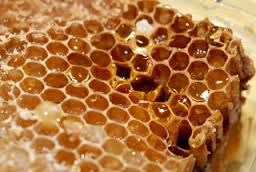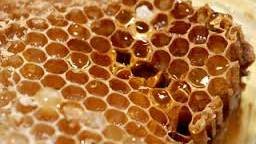Best-Preserved Ancient Fruit Found in 4,000-Year-Old Burial Chamber: Honey’s Preservative Power
Source: theepochtimes.com
An Early Bronze Age burial mound in Georgia, known as a kurgan, held in its depths astonishingly well preserved wild fruits. Sitting underground for thousands of years, left as nourishment for the hungry souls of the dead, these fruits even exuded the aroma of fresh fruit when researchers sliced into them. They were preserved in honey. Honey was also found on the bones in the burial chamber, suggesting it may have been used for embalming the corpses.
They were preserved in honey. Honey was also found on the bones in the burial chamber, suggesting it may have been used for embalming the corpses.Honey has a low concentration of water and a high concentration of sugar. Much like salt, it can push the water out of bacteria cells, drying them up before they can get to the food (or corpses) the honey is protecting. Honey is essentially a combination of sugars and hydrogen peroxide. Just as hydrogen peroxide is used to clean bacteria from wounds, it can also kill bacteria that cause food to spoil.
Ancient Assyrians, who lived in a region east of Egypt, also preserved corpses in honey. When Alexander the Great conquered the Persian city of Susa in the 4th century B.C., he found large quantities of 200-year-old purple dye well-preserved under a layer of honey.
Skipping ahead to 2011, researchers isolated a bacterial strain in some types of honey that has very unusual properties. One of it’s surprising characteristics is its ability to produce a compound, thurincin H, that forms into a helical structure. This structure may allow it to infiltrate the membranes of other bacteria to destroy it.
“Like a wolf in sheep’s clothing, the compound mimics the structure of the molecules that form bacterial membranes … but it may disrupt those membranes by forming a rigid pore,” explained a Cornell University article.
Other Significant Finds in the Kurgan
Dr. Zurab Makharadze, head of the Centre of Archaeology at the Georgian National Museum, explained via email some other significant finds at the kurgan.
The mound was about 330 feet across, and the inner space of the construction was 30 by 20 feet. It contained two four-wheeled wagons, some of the best surviving examples of such devices from the time.
[...]
Read the full article and see images of the dig at: theepochtimes.com






















